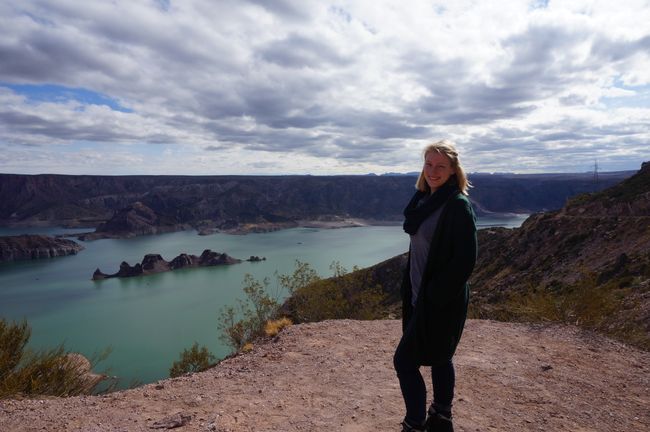The Spirit of the Andes!
Wotae: 05.07.2019
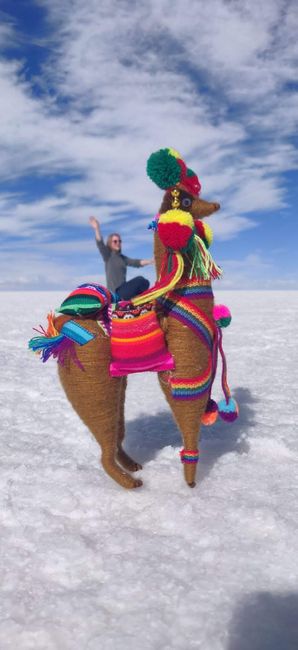
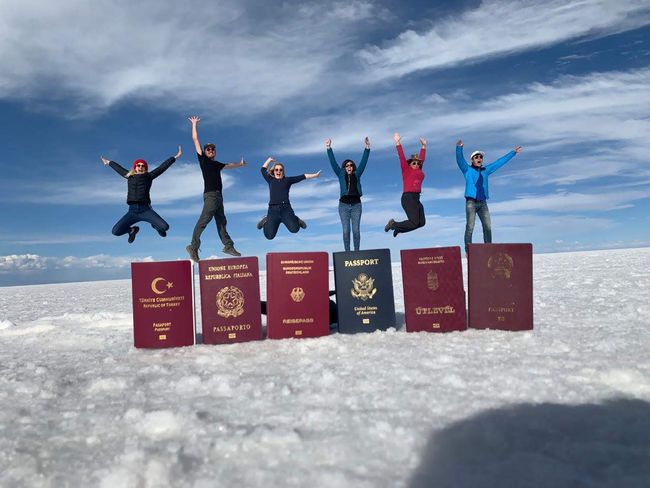
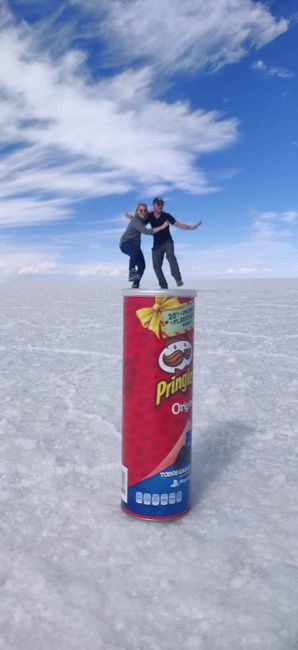
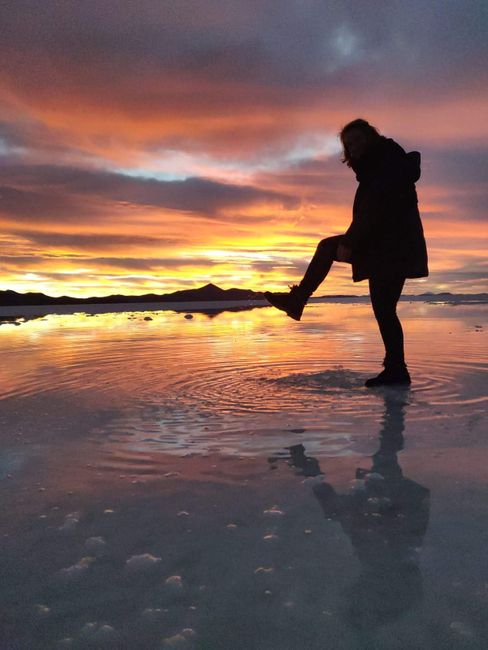
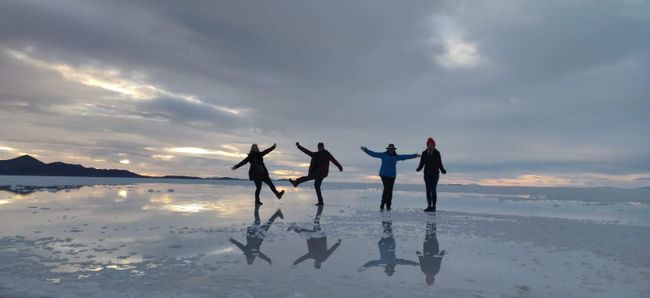
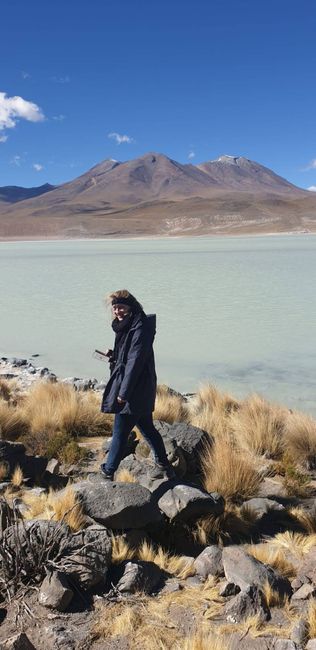
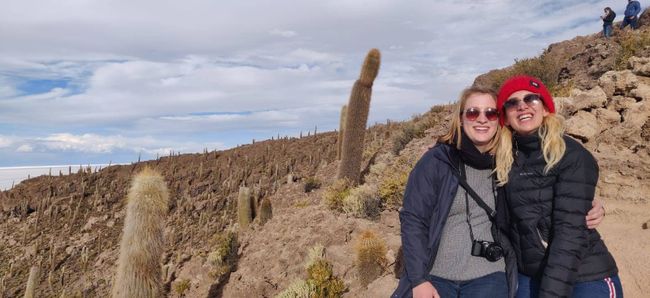
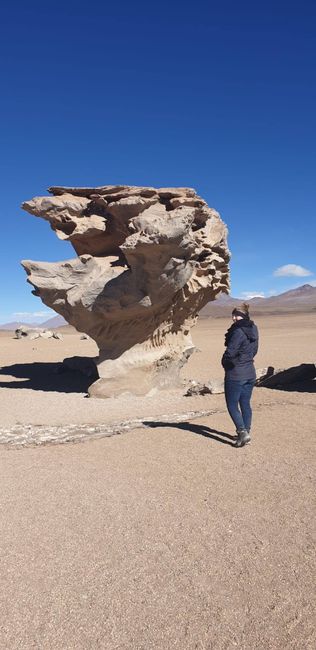

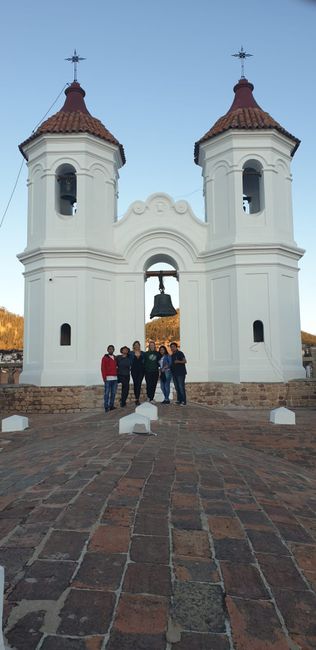
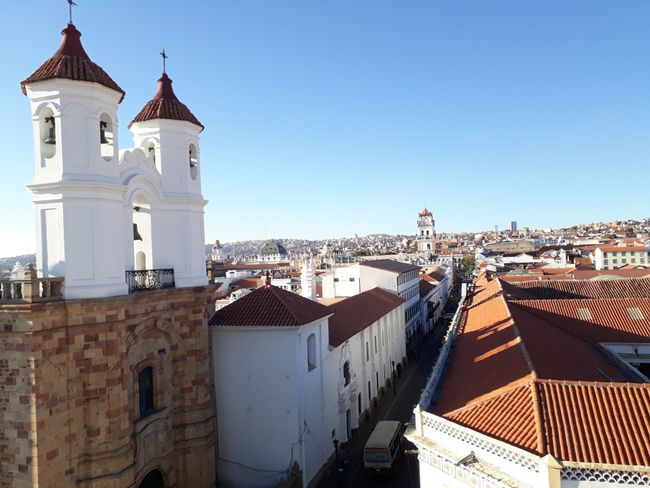
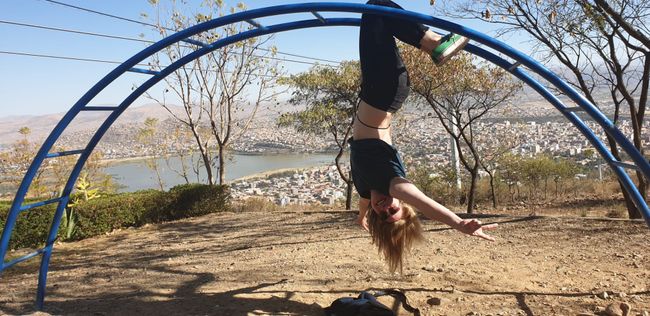
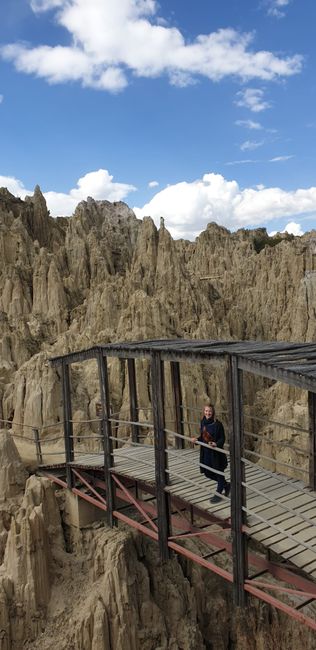
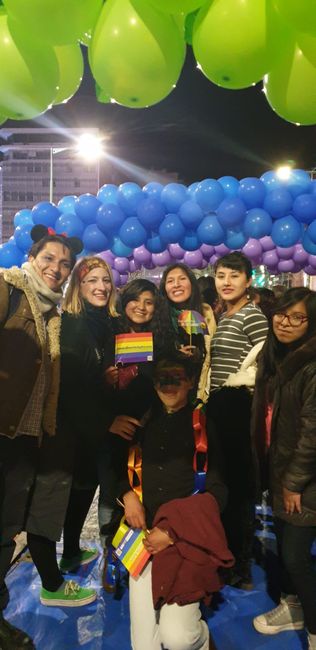
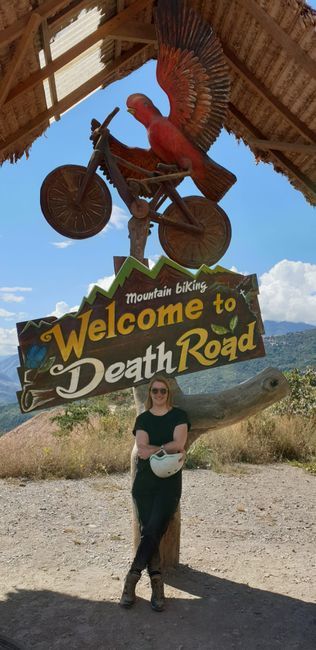
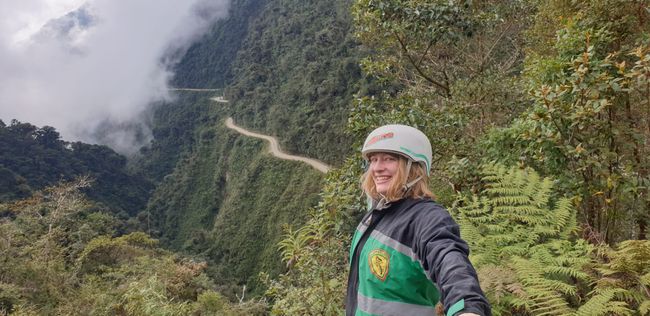
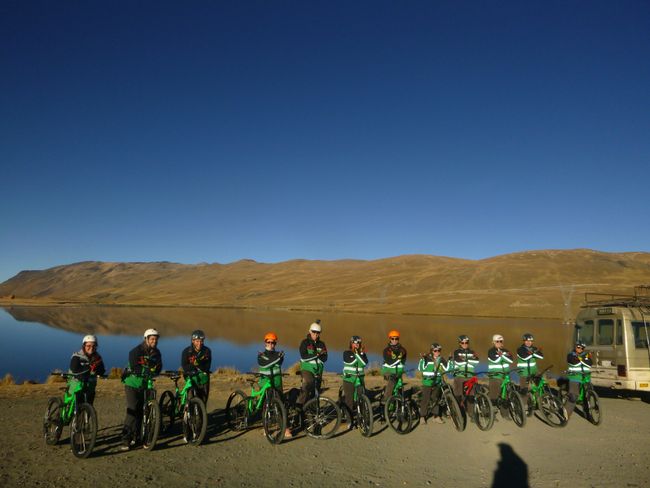
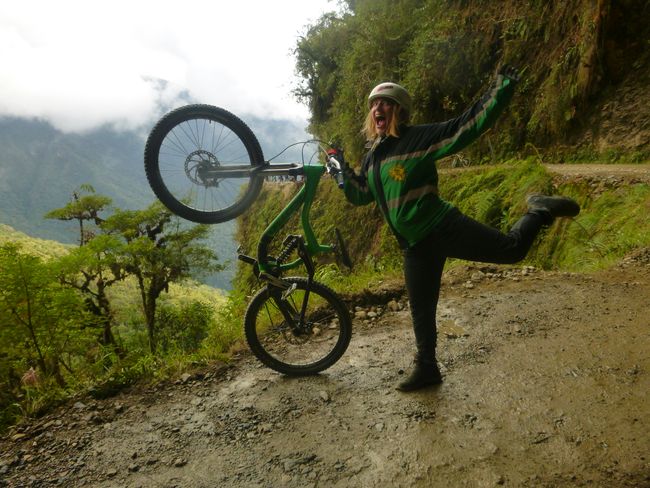
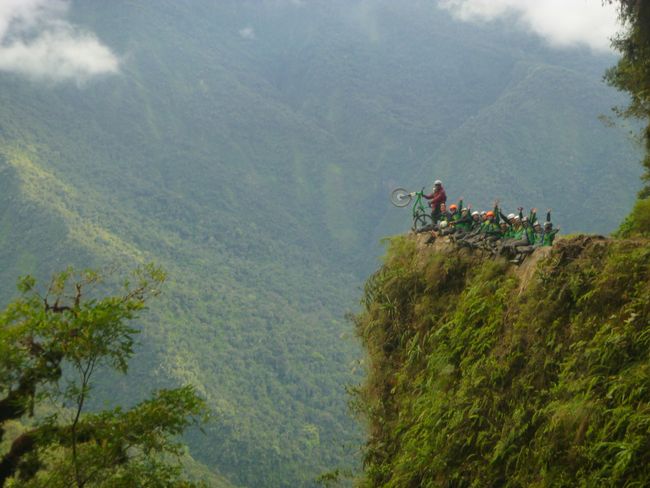
Wɔ Nudɔdɔ na Nyadzɔdzɔgbalẽ
ENGLISH
Starting with a walk over the border between La Quiaca (Argentina) and Villazon (Bolivia), I spent a total of 17 days in Bolivia, ending it by crossing the Peruvian-Bolivian border in Desaguadero with a bike taxi.
I started my way with Bolivia's main attraction, the 'Salar de Uyuni'. With 10 500 km2, it is not only the largest salt desert on earth but also the largest lithium stock. It contains about 10 billion tons of salt, which includes about 5 million tons of lithium. For tourists, the desert is famous for the optical illusion pictures that can be taken here. This is due to the size of the salt desert, as the eye is missing a reference point in the horizon. Water covered parts of the desert convert into a huge mirror, which has led us to a beautiful sunset, which you can see in the pictures.
Our three day tour, led us to the Salar de Uyuni and its Isla del Pescado but also to the Desierto Siloli with the famous Árbol de Piedra (tree made of stone) and the Desierto de Salvador Dalí, famous through paintings like 'The nacked woman in the desert'? or 'The resistance of memory'. Even though the high altitude lead to headaches time by time (the geishas were at about 5000m height) and the extremely cold nights (-20°C) I would definitely book this tour again due to its unique nature.
After the excursion in Uyuni we spent 5 nights in Sucre. The small student town has a cute center in colonial style, a micro-jurassicparc and a lot of churches. Some of them with accessable roofs. Actually, we just needed some days to sleep and get used to the altitude after our Uyuni trip. With the help of Couchsurfing we met locals in Sucre, who showed us the town and celebrated San Juan with us. While Sweden celebrates the shortest and warmest night of the year with midsommer, here they celebrate the longest and coldest night with bunfires, hot dogs and warm drinks made of singani and cinnamon.
After Sucre we made a short two-day trip to Cochabamba. Even though you can find the highest Christobal statue of South America here (yes, it is 44cm higher than the one in Rio) and the city center has a beautiful square, Cochabamba is the city I like the least so far. Every single price you ask for as a gringo, that s how they call us foreigners, has to be negotiated. I got robbed on the street with a police officer nearby waving the thief through the traffic. People from La Paz are not surprised about what happens there. I might even consider myself lucky I only had to buy a new phone and wasn't hurt.
To my great relief La Paz is more peaceful as the name is already saying. A lot of people were actually able to speak English and the prices seem reasonable fair. With Angel, our couchsurfing host, we went to use different Teleféricos, funiculars that replace the underground here. He also brought us to a local concert of Andean musicians and to a Saya Party, which is the music of aftro-bolivian culture from the yungas. In Bolivia there are multiple ethnicities. The most common are the Quechua in Sucre and Uyuni and the Aymara in La Paz. On Saturday evening we went to join the Christopher Street Day Parade. Also in this sence La Paz is more openminded than other south american cities. My final excursion with Szandra, who i have been travelling with for about 5 weeks in total, was a mountain bike downhill trip on the death road 'Camino de la muerte'. The Yungas street was once the only connection point in between La Paz and the Amazon. Due to narrow curves lots of cars and busse fell down the cliff giving the road its name. Today the 60km road with a descent of 3500m is mainly used for mountainbike tourists such as me.
The downhill ride is marked by different climate zones from -5°C on the hill up to 26°C in the jungle at the end.
After a short stop in Lima, my trip continues in Colombia travelling with Eva now.
See you soon.
Your Dory
Wɔ Nudɔdɔ na Nyadzɔdzɔgbalẽ
Ŋuɖoɖo

Mɔzɔzɔ ŋuti nyatakakawo Bolivia

